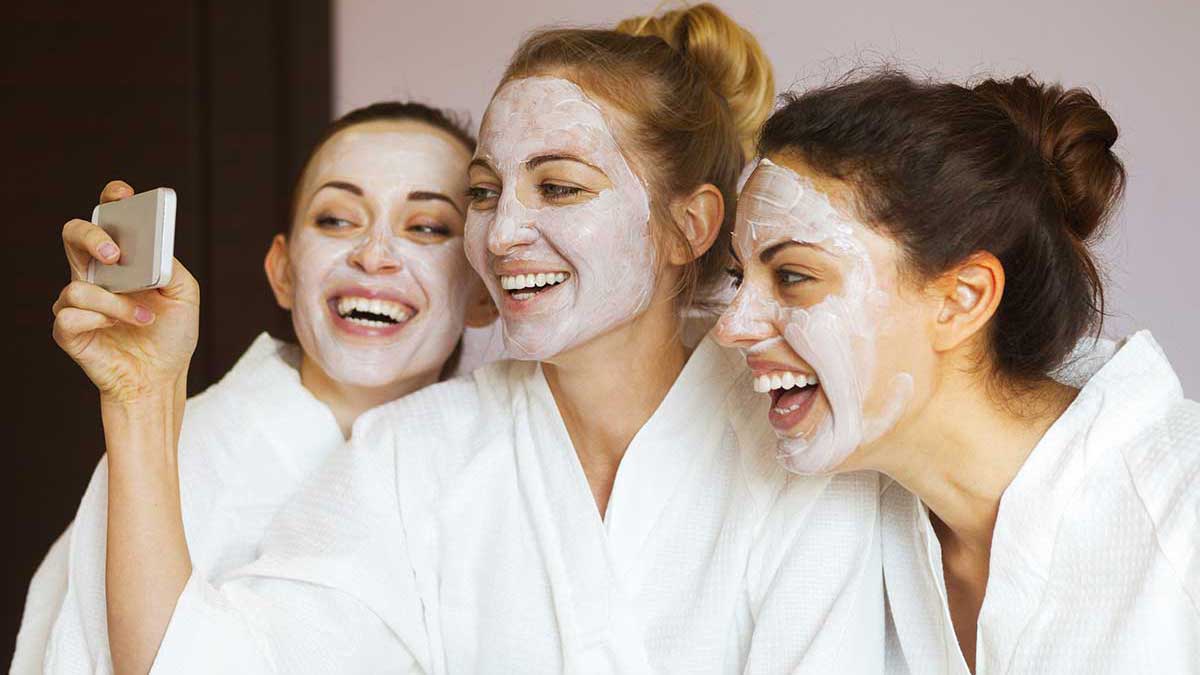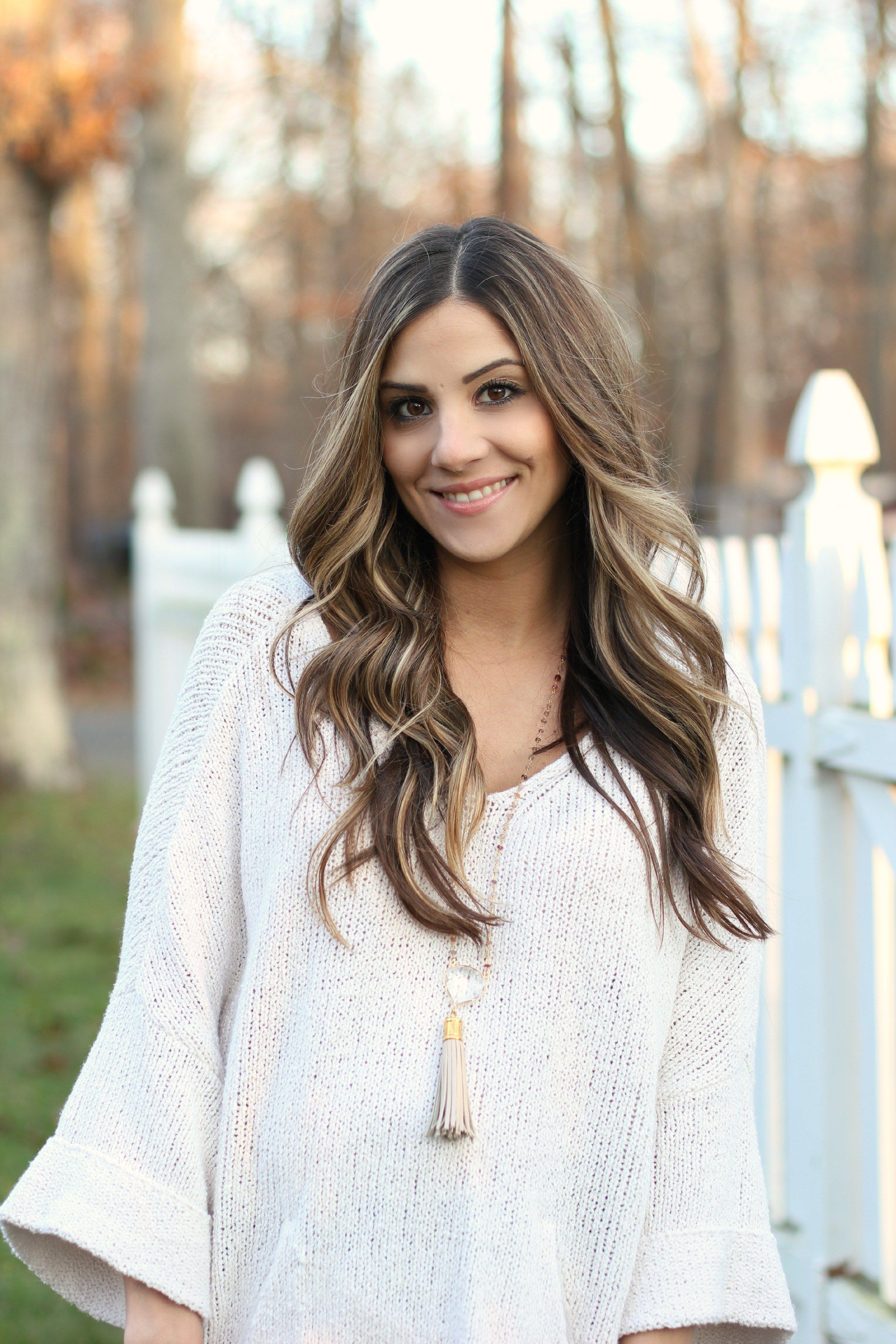Non-Toxic Home Goods: Choosing Healthier Alternatives
Many of us spend the majority of our time at home, so it’s important to ensure that the environment we live in is as safe and healthy as possible. One way to achieve this is by choosing non-toxic home goods, which are free from harmful chemicals and better for both our health and the environment.
Why Choose Non-Toxic?
Traditional home goods, such as cleaning products, bedding, and furniture, often contain a range of toxic chemicals that can negatively impact our health. I was shocked when I found this out!
For example, many cleaning products contain harsh chemicals such as ammonia and bleach, which can irritate the eyes, skin, and respiratory system. In addition, many conventional mattresses and bedding products are made with synthetic materials that emit volatile organic compounds (VOCs), which can cause headaches, dizziness, and other health issues.
The use of non-toxic home goods can help to reduce our exposure to these harmful chemicals and improve indoor air quality, which can have numerous health benefits. In addition, choosing eco-friendly home goods can help to reduce our impact on the environment and support sustainability.
Some simple switches you can start to make that will make your home healthier:
1. Non-Toxic Cleaning Products
Click here for my article reviewing my favorite non-toxic cleaning brand (Puracy) that I use on every surface of my home!
When it comes to cleaning our homes, many of us reach for harsh chemicals to get the job done. However, there are many non-toxic cleaning alternatives available that are just as effective and better for our health and the environment. Some non-toxic cleaning products you might already have in your home (or can easily get) to consider include:
- Vinegar and water: A simple solution of vinegar and water can be used to clean many surfaces, including floors, countertops, and glass.
- Baking soda: Baking soda can be used to scrub surfaces and remove stains.
- Castile soap: Castile soap is a natural, vegetable-based soap that can be used for a variety of cleaning tasks.
In addition to these products, many companies now offer non-toxic cleaning products that are free from harmful chemicals and formulated with natural ingredients.
Shop Here!
[show_shopthepost_widget id=”4965685″]
2. Non-Toxic Bedding
We spend a third of our lives sleeping, so it’s important to ensure that our bedding is as healthy and comfortable as possible. Unfortunately, many conventional bedding products are made with synthetic materials that can emit harmful VOCs.
Non-toxic bedding options to consider include:
- Organic cotton bedding: Organic cotton is grown without the use of synthetic pesticides or fertilizers, making it a healthier and more eco-friendly choice.
- Wool bedding: Wool is a natural, breathable material that can help regulate body temperature and prevent moisture buildup.
- Natural latex mattresses: Natural latex mattresses are made from rubber tree sap and are free from synthetic materials and harmful chemicals.
When shopping for non-toxic bedding, look for products that are certified by third-party organizations such as GOTS (Global Organic Textile Standard) or Oeko-Tex, which ensures that the products are free from harmful chemicals.
3. Non-Toxic Furniture
Many conventional furniture products are made with synthetic materials and treated with harmful chemicals such as flame retardants and formaldehyde. These chemicals can off-gas and negatively impact indoor air quality.
Non-toxic furniture options to consider include:
- Solid wood furniture: Solid wood furniture is a durable and eco-friendly option that can last for generations.
- Bamboo furniture: Bamboo is a fast-growing, sustainable material that can be used to create a range of furniture products.
- Furniture made with natural, low-VOC finishes: Look for furniture products that are treated with natural finishes that are free from harmful chemicals.
When shopping for non-toxic furniture, look for products that are certified by third-party organizations such as Green guard or Cradle to Cradle, which ensure that the products meet strict environmental and health standards.
4. Non-Toxic Cookware
Cookware is another area where harmful chemicals can be found. Many non-stick coatings contain perfluorinated chemicals (PFCs), which can release toxic fumes when heated. In addition, some metals such as aluminum and copper can react with acidic foods, causing them to leach into the food.
Non-toxic cookware options to consider include:
- Stainless steel: Stainless steel is a durable and long-lasting material that does not contain harmful chemicals.
- Cast iron: Cast iron cookware is another durable option that can last for generations. It also adds iron to the diet when used for cooking.
- Ceramic: Ceramic cookware is free from harmful chemicals and can be used for a range of cooking tasks.
When shopping for non-toxic cookware, look for products that are free from PFCs and other harmful chemicals. Also, look for products that are certified by third-party organizations such as the NSF (National Sanitation Foundation) or the FDA (Food and Drug Administration).
Our personal care products, such as shampoo, lotion, and makeup, can also contain a range of harmful chemicals that can negatively impact our health. Some of these chemicals, such as phthalates and parabens, have been linked to hormone disruption and other health issues.
Non-toxic personal care options to consider include:
- Natural and organic products: Look for personal care products that are made with natural and organic ingredients and are free from harmful chemicals.
- DIY personal care: Many personal care products can be made at home using simple ingredients such as coconut oil, shea butter, and essential oils.
- Non-toxic makeup: Look for makeup products that are free from harmful chemicals such as lead and mercury.
More simple ways to start:
- Evaluate your current products. Check the labels for toxic ingredients and set aside any products that contain them.
- Research non-toxic alternatives. Look for non-toxic alternatives to the products you currently use. You can search online for non-toxic brands or check out natural health stores in your area.
- Start with cleaning supplies. One of the easiest places to start switching to non-toxic products is with your cleaning supplies. Swap out harsh chemical cleaners for natural, plant-based cleaners that are just as effective.
- Switch to non-toxic personal care products. Look for products that are free from toxic ingredients such as triclosan and sodium lauryl sulfate.
- Replace air fresheners. Many air fresheners contain harmful chemicals that can be harmful to your health. Switch to natural air fresheners such as essential oils or beeswax candles.
- Swap out your laundry detergent. Many laundry detergents contain toxic ingredients such as fragrances and dyes. Switch to a non-toxic laundry detergent such as Molly’s Suds Laundry Powder or The Honest Company’s Laundry Detergent.
- Look for non-toxic cookware. Many types of cookware can contain toxic chemicals such as PFOA and PTFE. Switch to non-toxic cookware such as stainless steel, cast iron, or ceramic.
- Use non-toxic pest control. Many pest control products contain harmful chemicals that can negatively impact your health and the environment. Look for non-toxic pest control options such as diatomaceous earth or neem oil.
Choosing non-toxic home goods can help to improve our health and reduce our impact on the environment. When shopping for non-toxic home goods, look for products that are certified by third-party organizations and free from harmful chemicals.
Recommended Articles:
Loveandhomemaking.com– Best Non Toxic Waffle Makers
Thegentlealbum.com– Best Non Toxic Pancake Griddle
Finedose.com– Best Non Toxic Toaster Ovens
Onekitchenreveiw.com– Best Non Toxic Blenders
gentwenty.com– Best Non Toxic Coffee Makers
momsbakingco.com– Best Non Toxic Bread Makers






Plant therapy is my FAV essential oil brand!
I love this article!
I’m slowly transitioning our home to nontoxic and creating a more eco friendly environment.
A lot of great tips, thanks for sharing !
I love this! I’ve been changing things in my home for years now.. there are some ideas ok here I haven’t thought of 🙂 thank you!
Thanks so much for sharing this! Great info. I’m also looking to make little tweaks where I can and this is wonderful having a lot of info all in one place.